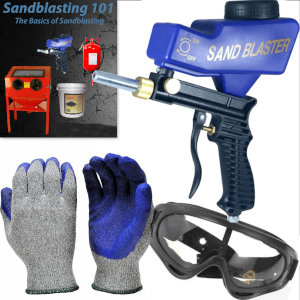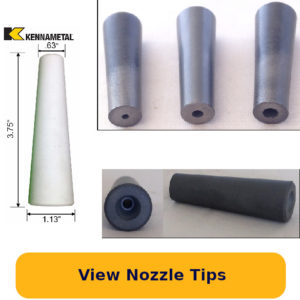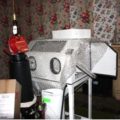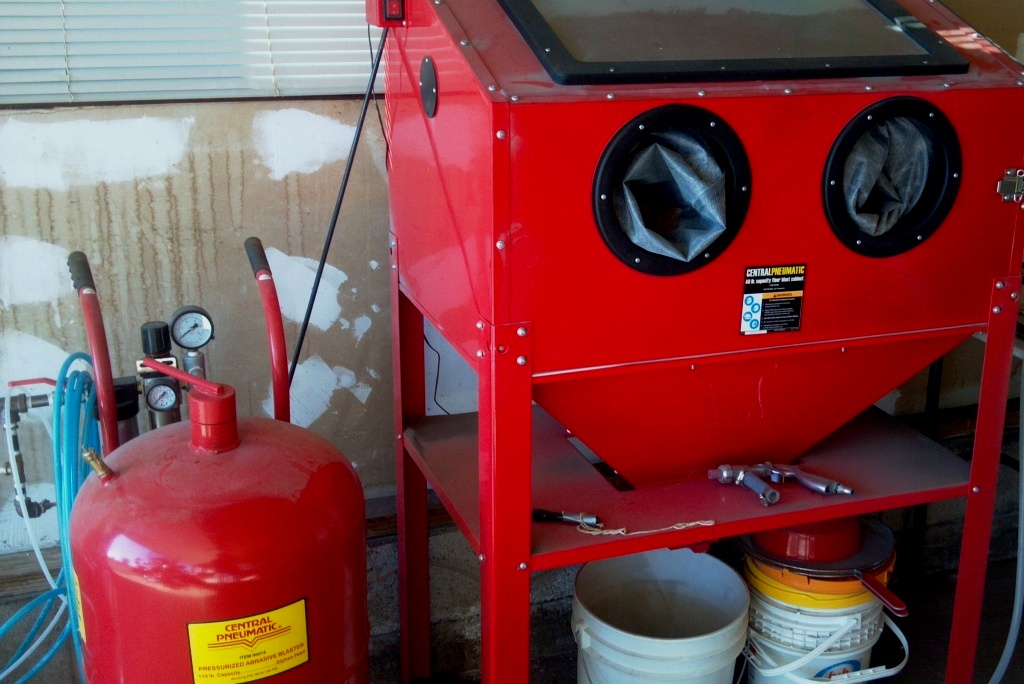One of my subscribers asked this question about sand carving and the abrasive grit and pressure settings below. I thought it might be beneficial to someone else as well. See my response below and ask any questions in the comment section.
Thanks Eric,
Looking to do glass, wood, and stone- decorative styles. How are the different substrate handled
as far as pressure and grit. time of blasting. Currently starting out with the micro blasters also termed erasers to move up to actual 3d carving.Trying to turn this into an income source.
If you want to do sand carving then you would need a pressure pot sandblaster. For pressures, it would be about 30 psi plus or minus 10 depending on the depth of the etch for typical engravings. And about 30 to 60 PSI for deeper sandcarvings. It’s kind of a preference thing for pressure with a high pressure obviously carving quicker. I recommend just starting at a lower pressure and working up on practice glass to find a pressure you most prefer.
Grit size varies also on preference and for the substrate your using. Industry guidelines are to use about 100-220 for glass (my preference is 180), 50- 150 for stone/wood. I actually prefer to use my 180 grit when carving into small stones. If your doing both, I would just get 150 grit so that you don’t have to get two different sizes.
The types of abrasive should be harder than the substrate. I prefer aluminum oxide.
Hope the best!







Eric
I’m looking into getting a sandblaster to do body work. what kind & size of a sandblaster should I get, plus what grit should I use, I won’t to remove paint & rusts, thanks.
hi there,thanks for all the info about sandblasting,i am a car painter,i want to know how to do this sandblasting process.I am now applying for a job but they require sandblasting experience,any advice will be considered helpful,thank you
Great advice
One of my main questions is where to start with pressure and grit sizes and not spend too much time and money experimenting
Hey Peter, I would just start with 150 grit and lean toward 60 PSI. It will get the job done for rock, glass, and wood. And once the abrasive begins to wear out months later, then you can decide what you’d prefer for the next batch- courser or finer.
One of the reasons that I lean toward a finer grit is because you can use a thinner stencil. Courser grit is more aggressive and penetrates through stencils easier.
Don’t sweat this stuff though. You can grab an beer bottle to do a quick test on and adjust the pressure so it cuts the way you want it to.